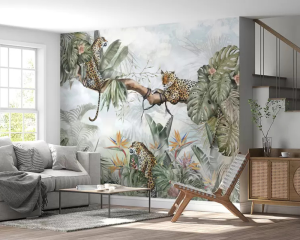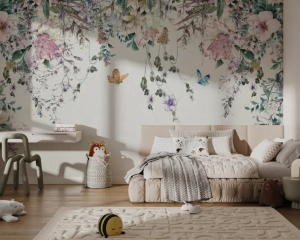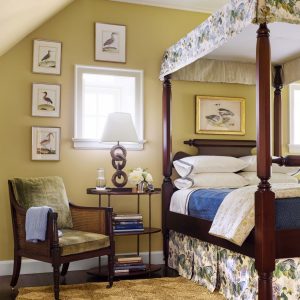Introduction,
Wallpaper is now a crucial component of house décor in New York City, where classic style blends with urban flair. It is unmatched in its capacity to use patterns, textures, and colors to change any space. However, keeping wallpaper in immaculate condition is made more difficult by the city’s infamous humidity. Homeowners who want to preserve the beauty of their walls may get frustrated by problems like bubbling, peeling, and discoloration caused by high humidity levels. With the help of this tutorial, you should be able to overcome these obstacles and install wallpaper that is as bright as the city itself.
Recognizing the Effects of Humidity
The scorching summers and chilly, rainy winters of New York City can result in sharp variations in interior humidity levels. These circumstances are not optimal.
For wallpaper, as the paper itself may absorb moisture and the glue used for installations may deteriorate, causing peeling or bubbling. High humidity can also hasten the growth of mold and mildew, which can lead to discoloration and other health hazards.
Dealing with Typical Problems
Peeling and Bubbling: These are frequently the consequence of using inferior adhesives or improper wall preparation. When air becomes trapped between the wallpaper and the wall, bubbles form, and when the adhesive is unable to properly adhere because of moisture, peeling may happen.
Discoloration: The development of mold and mildew on the wallpaper, a direct result of ongoing excessive humidity, is the main source of this problem.
Making Sure the Installation Is Successful
Take into account the following advice to overcome these obstacles:
Select the Correct Wallpaper Material: Unlike conventional paper-based goods, vinyl or vinyl-coated wallpapers are more resilient to the effects of dampness.
Appropriate Wall Setup: Make sure your walls are smooth, dry, and clean. A further moisture barrier between the wallpaper and the wall can be created by using a primer.
Use High-Quality Adhesive: Pick an adhesive made for conditions with a lot of humidity. Certain products are made especially to withstand moisture and lessen the possibility of peeling.
The Key Is Ventilation Boost the flow of air in the space where the wallpaper is placed. During humid months, use air conditioners or dehumidifiers to keep interior humidity levels at acceptable levels, ideally between 40% and 60%.
Expert Installation: Employing a trustworthy installer who is aware of the specifics of operating in humid environments may make a big difference, even if do-it-yourself projects might seem alluring. They can guarantee that the wallpaper is done correctly and offer guidance on the ideal supplies and techniques for your particular circumstance.
Locating the Appropriate Installer It takes research to find a qualified expert Wallpaper installation in New York City. Ask friends or relatives who have had successful wallpaper installations for recommendations. Online portfolios and reviews can also reveal information about the caliber of an installer’s work and client satisfaction. Never be afraid to inquire about possible installers’ experiences working in high-humidity settings and their methods for guaranteeing outcomes that persist.
In conclusion
Wallpaper may significantly improve the aesthetics of your New York City house, but it must be carefully chosen given the humid atmosphere of the city. You can make sure that your wallpaper lasts as long as the city skyline by choosing the right materials, properly prepping your walls, and choosing skilled installation.



